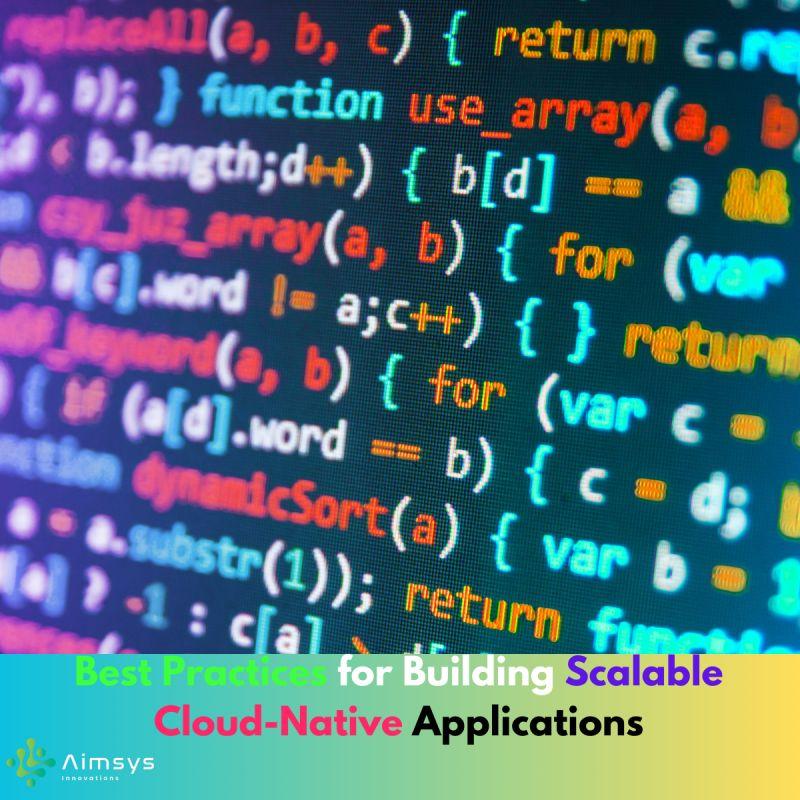Posted At: Oct 13, 2024 - 2,291 Views

Best Practices for Building Scalable Cloud-Native Applications
In today’s fast-paced digital world, cloud-native applications have become the cornerstone of modern software development. Designed to leverage the full potential of cloud environments, these applications are scalable, resilient, and agile, enabling businesses to meet growing demands efficiently. However, building scalable cloud-native applications requires a strategic approach to architecture, development, and deployment. Below are some best practices to ensure your cloud-native applications are optimized for scalability and long-term success.
Embrace Microservices Architecture
Microservices architecture divides an application into smaller, independent services that focus on specific business functions. Each service operates autonomously and communicates with others via APIs.
Leverage Containerization
Containerization packages applications and their dependencies into lightweight containers that can run consistently across different environments. Tools likeDocker, Incsimplify this process, while orchestration platforms like Kubernetes manage containerized applications at scale.
Implement Auto-Scaling Mechanisms
Auto-scaling ensures your application dynamically adjusts resources based on demand. Cloud providers likeAmazon Web Services (AWS),Azure, andGoogle Cloudoffer auto-scaling features that monitor metrics such as CPU usage or request latency to scale resources up or down automatically.
Design Stateless Applications
Stateless design eliminates the need for servers to retain session-specific data by storing it externally (e.g., in databases or distributed caches).
Optimize Data Storage with Scalable Solutions
As your application scales, so does its data. Traditional relational databases may struggle with high volumes and concurrency. Instead:
UseNoSQLdatabases likeMongoDBor Cassandra for horizontal scaling.
Leverage cloud-native databases likeAmazon DynamoDBorGoogleFirestore for high availability and performance.
Implement Intelligent Caching
Caching frequently accessed data reduces the load on backend systems and improves response times.
Automate CI/CD Pipelines
Continuous Integration (CI) and Continuous Deployment (CD) pipelines streamline development workflows by automating testing, integration, and deployment processes.
Adopt a DevOps Culture
A DevOps culture fosters collaboration between development and operations teams while emphasizing automation and continuous improvement.
Utilize Serverless Computing
Serverless computing allows developers to focus on writing code without managing underlying infrastructure. Cloud providers handle provisioning, scaling, and maintenance automatically
Monitor Performance Proactively
Scalable applications require robust monitoring systems to track performance metrics such as latency, error rates, and resource utilization.
https://www.linkedin.com/posts/aimsysinnovations_cloudnative-scalableapplications-microservices-activity-7292067039555293184-9AwQ?utm_source=social_share_send&utm_medium=member_desktop_web&rcm=ACoAAAwO3jIB2whN9y5UDXN61uI5uGHcec42wHM
